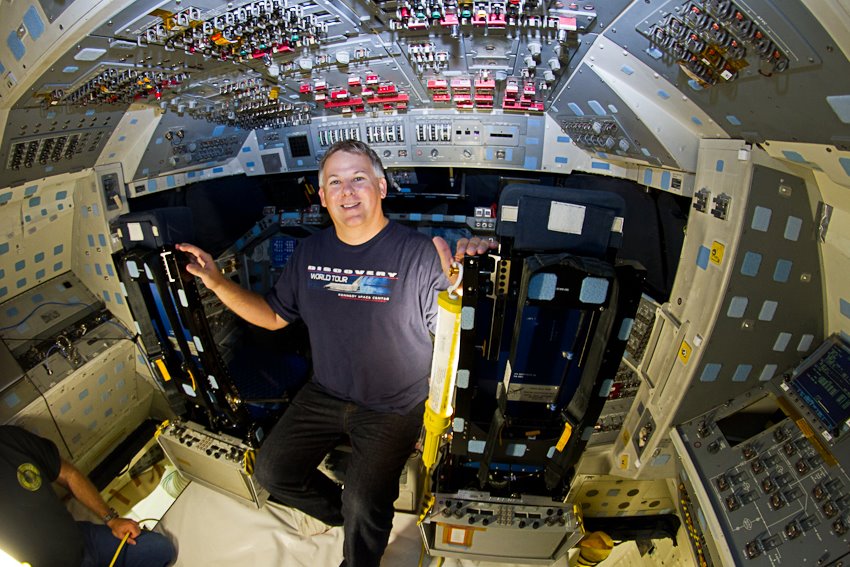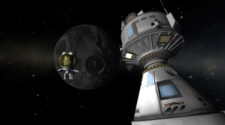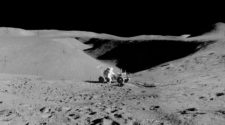
ISS suffers another loss of resupply cargo
After a string of 18 successful launches to begin its pedigree, a Falcon 9 rocket manufactured by SpaceX suffered a catastrophic failure during its ascent to orbit on Sunday, June 28.
The Falcon 9 rocket was attempting to loft the Dragon capsule and service trunk on the CRS-7 resupply mission to the International Space Station. The rocket had passed through the area of maximum aerodynamic pressure (max Q) and was within 20 seconds of burnout of the first-stage Merlin engines, when the rocket disintegrated at an altitude of approximately 20 miles just 139 seconds after launch. The remaining pieces of the rocket fell harmlessly into the Atlantic Ocean off the Florida coastline.
While the exact cause of the rocket’s demise is stil unknown, SpaceX founder Elon Musk tweeted on June 28 that there had been an overpressure event in the liquid oxygen fuel tank of the second stage of the rocket, and that downlinked data streamed from the rocket during the ascent indicated a counterintuitive cause.
The following morning, Musk tweeted that after several thousand hours of engineering review that the cause was still unknown.
The fact that the root cause of the failure is not immediately apparent is no cause for concern. A thorough fault tree analysis may take several months or longer to complete.
SpaceX is leading the accident investigation, with assistance offered by NASA, the FAA and the U.S. Air Force.
In slow motion video of the rocket’s ascent, it appears that the second stage of the rocket ruptured and disintegrated, while the Merlin engines of the first stage continued to push the rocket upward for a few seconds. Video also shows that the Dragon capsule may have separated from the upper stage and fell uncontrollably into the ocean. It has not been located and recovered, nor is it known if it is still intact.
While SpaceX had recently conducted a successful Pad Abort Test of a redesigned version of the Dragon capsule meant to carry humans to the ISS and beyond, the Dragon capsule used for the CRS-7 launch was the cargo-only version that does not have abort during ascent capability.
The Dragon capsule and service trunk was carrying more than 4,000 pounds (1,800 kg) of food, water, supplies and experiments to the space station. Included among the cargo was the first of two planned International Docking Adapters, which are necessary to facilitate the docking of future crewed commercial spacecraft to the ISS.
After the second stage separation, SpaceX had planned to make a third attempt at doing a controlled return and landing of the first stage of the rocket on a converted barge. Two previous tries had failed, but the company had appeared to be making progress between each attempt.
SpaceX hopes to develop a reusable first stage as part of its quest to reduce the cost to launch rockets.




